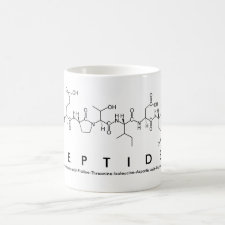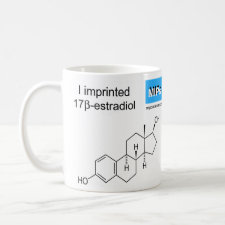
Authors: Zacs D, Perkons I, Bartkevics V
Article Title: Determination of steroidal oestrogens in tap water samples using solid-phase extraction on a molecularly imprinted polymer sorbent and quantification with gas chromatography-mass spectrometry (GC-MS).
Publication date: 2016
Journal: Environmental Monitoring and Assessment
Volume: 188
Issue: (7)
Page numbers: ArticleNo433.
DOI: 10.1007/s10661-016-5435-8
Abstract: An analytical method was established and validated for the analysis of steroidal oestrogens in tap water samples. Gas chromatography coupled to high-resolution mass spectrometry (GC-HRMS) and gas chromatography coupled to tandem mass spectrometry (GC-MS/MS) were used for the identification/quantification of selected compounds and the analytical performance of these techniques was evaluated. Liquid-liquid extraction (LLE) and solid-phase extraction (SPE) with a molecularly imprinted polymer (MIP) stationary phase that was highly selective for oestrogens were used for the extraction of 100-mL aliquots of water samples. The recoveries of analytes with the described methods ranged from 92 to 114 %, while the repeatability in terms of relative standard deviations (RSDs) was in the range from 2.1 to 15.2 % (n = 5). It was concluded that SPE with MIP that was highly selective for oestrogens in combination with GC-HRMS detection is more preferable for the analysis of oestrogens in tap water samples. The typical oestrogen, 17β-estradiol (17β-E2), was detected above the method limit of quantification (m-LOQ) in 5 of 14 analysed tap water samples at concentrations from 0.09 to 0.15 ng L-1. Despite that 17α-ethynylestradiol (17α-EE2) was not quantified in this study above m-LOQ, the presence of this chemical was qualitatively confirmed in some of the analysed samples
Template and target information: steroidal oestrogens, 17β-estradiol, 17β-E2
Author keywords: Steroidal oestrogens, Solid-phase extraction, molecularly imprinted polymer, Gas chromatography-tandem mass spectrometry, Gas chromatography-high-resolution mass spectrometry



Join the Society for Molecular Imprinting

New items RSS feed
Sign-up for e-mail updates:
Choose between receiving an occasional newsletter or more frequent e-mail alerts.
Click here to go to the sign-up page.
Is your name elemental or peptidic? Enter your name and find out by clicking either of the buttons below!
Other products you may like:
 MIPdatabase
MIPdatabase









